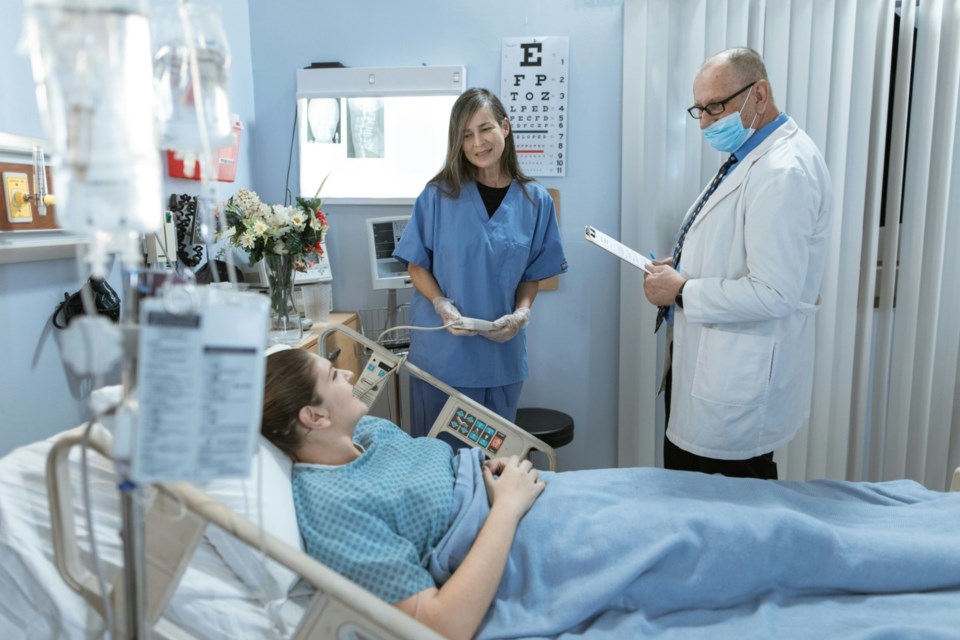MOOSOMIN — The province has been leaning heavily on foreign doctors coming into the province, assessed through the Saskatchewan International Physician Practice Assessment program.
Implemented in 2011, SIPPA seeks to ensure internationally trained physicians who want to practice in Saskatchewan possess the skills and knowledge to do so. Under a SIPPA contract, physicians are required to serve a minimum of three years in an underserved rural community, but retention has been a looming issue.
“The SIPPA program has been very significant in terms of bringing new doctors into the province and what we’ve noticed over the last few years is we’ve had a lower retention rate of keeping those doctors after their return of service,” said provincial Health Minister Jeremy Cockrill. “Any time the government is investing in a program, we want to evaluate its success and obviously make that better. We’ve undertaken a review of the SIPPA program over the last couple of months. Very soon, we’re going to be announcing some changes to the SIPPA program.”
Changes will be twofold in providing more options for practitioners coming to the province.
“Then number two, trying to strengthen those bonds between the new practitioners and the communities that they come to serve,” Cockrill said. “It’s really important that we are intentional both at a provincial government level, at the Saskatchewan Health Authority level, but then also at the local municipality level to really strengthen those bonds when new practitioners come to our province.”
While Cockrill held on to details of how that will roll out for the time being, he emphasized the importance of making a lasting impression on new physicians to the province.
“I didn’t grow up in Saskatchewan, I had the opportunity to move here,” Cockrill said. “I find Saskatchewan to be an incredibly welcoming place, and really, my desire is that the healthcare professionals that we recruit to this province feel that as well and recognize just the incredible quality of life that we have in places like Moosomin, like the Battlefords, like Estevan, like Prince Albert, like Saskatoon and Regina. That’s what we want practitioners to feel; really trying to find ways through some of the changes that we can strengthen those bonds very early on between community and practitioner, so that those practitioners that didn’t grow up in Saskatchewan see the opportunity to make a life here.”
Part of that strategy will see individual communities playing a larger role as well.
“My desire is for communities to have a larger role in engaging with health care professionals,” Cockrill said. “Nobody tells the story about how nice it is to live in a place like Broadview or Kipling like the people who live in Broadview or Kipling. In my community, The Battlefords, I am an evangelist for The Battlefords. I think we really want to strengthen the bonds between communities, the Saskatchewan Health Authority, and practitioners that we may be recruiting.”
The need for that more local focus is something Cockrill believes has been identified from when regional health authorities merged into the singular SHA.
“I’ve identified that as an area that we need to work on, between myself and the Ministry of Health, the Saskatchewan Health Authority, and then groups like SARM and SUMA as well as individual municipalities to say, ‘okay, we have a single health authority and there’s reasons for that, because really we are a single health network that we’re trying to make work across the province. There is real value in having individual communities speak to why people should come and live and work there. We’ve been improving our community engagement through the Saskatchewan Health Authority. We still have some work to do there, but I think we’re on the right track overall.”




